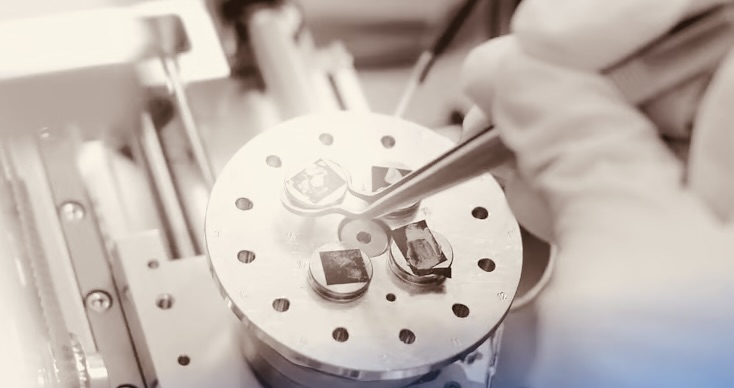Global Avionics Round-Up from Aircraft Value News (AVN)

The ramifications of miniaturization are being felt in aircraft manufacturing and operations
Miniaturization and nanotechnology are emerging as transformative forces in avionics. By reducing the size and weight of key components, these technological advances are pushing the boundaries of aircraft design, enhancing performance, and increasing efficiency.
From flight control systems to communication devices, the adoption of nanoscale technologies is not only making avionics smarter but also more energy-efficient and reliable, setting new standards for the future of aviation.
Nanotechnology refers to the manipulation of materials on a molecular or atomic scale, often between 1 to 100 nanometers in size. In avionics, this capability allows for the creation of components that are smaller, lighter, and more durable than their traditional counterparts. The miniaturization facilitated by nanotechnology has far-reaching consequences, allowing engineers to integrate more functionality into smaller spaces while improving energy efficiency, heat resistance, and strength.
One example is nanocomposites, which are materials infused with nanoparticles to enhance mechanical properties. These nanocomposites are being used in aircraft panels, wiring, and sensors to reduce weight without sacrificing strength or performance. Reducing weight, a critical factor in aircraft design, directly translates to lower fuel consumption and longer flight ranges, which are essential in modern aviation where sustainability and operational costs are key concerns.
Another nanotechnology innovation transforming avionics is nanoelectronics. Devices such as nanoscale transistors and capacitors have dramatically reduced the size and power requirements of electronic systems.
For instance, researchers are developing nanoscale gyroscopes and accelerometers that can be integrated into flight control systems to provide more accurate data with less energy consumption. Additionally, quantum dots and nanoscale semiconductor particles are being applied to improve cockpit display screens, offering sharper images and brighter colors with lower power usage.
According to Precedence Research, the global aerospace nanotechnology market size was USD 5.30 billion in 2023, calculated at USD 5.51 billion in 2024 and is expected to reach around USD 8.10 billion by 2034, expanding at a compound annual growth rate (CAGR) of 3.93% from 2024 to 2034.

Cockpit Innovations Powered by Nanotechnology
Recent breakthroughs in nanotechnology are yielding tangible products that are reshaping avionics. For example, Micro-Electro-Mechanical Systems (MEMS) gyroscopes and accelerometers, which rely on nanoscale components, are smaller and more reliable than traditional systems. These sensors are essential for inertial navigation systems and autopilot functions, enhancing aircraft precision while reducing the overall weight of these avionics systems.
Another breakthrough involves nanoscale sensors used for structural health monitoring. These sensors can be embedded in critical parts of an aircraft to detect early signs of fatigue, corrosion, or damage, enabling predictive maintenance and improving safety. With real-time data being collected and analyzed, aircraft operators can prevent potential issues before they become critical, reducing downtime and maintenance costs.
Nanotechnology’s role in miniaturization is a game-changer for both aircraft manufacturing and operations. For manufacturers, the ability to integrate lighter, smaller, and more efficient components simplifies the design and assembly process, leading to lower production costs and shorter lead times. The reduced size of these components also allows for more streamlined and aerodynamic aircraft designs, improving fuel efficiency.
From an operational perspective, the advantages of nanotechnology in avionics extend to improved safety, performance, and sustainability. Lighter aircraft use less fuel, resulting in lower operational costs and reduced environmental impact. Moreover, advanced nanoscale sensors and devices contribute to better real-time monitoring of aircraft systems, enabling predictive maintenance that can minimize flight delays and improve the overall safety of operations.
This article also appears in the November 4 issue of our partner publication Aircraft Value News.
John Persinos is the editor-in-chief of Aircraft Value News. You can reach John at: [email protected]